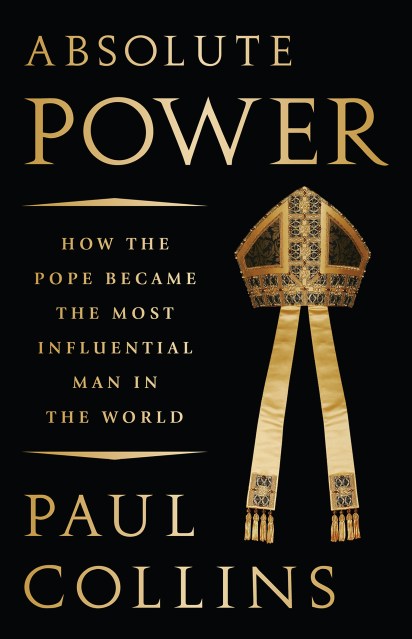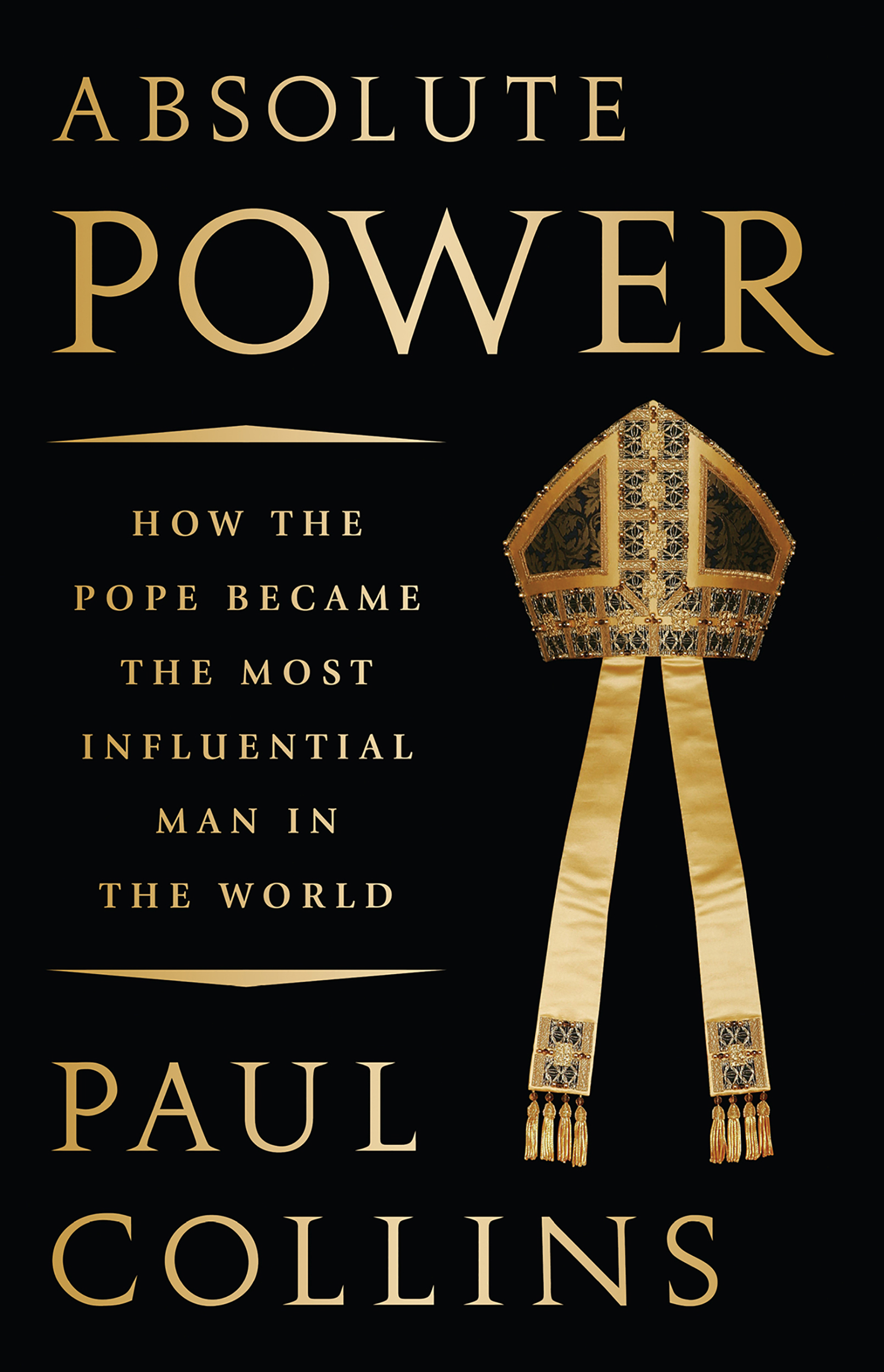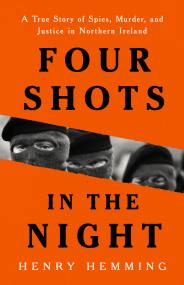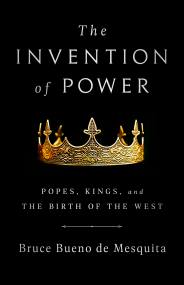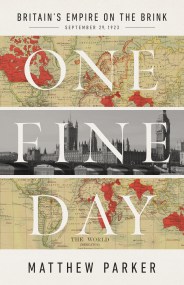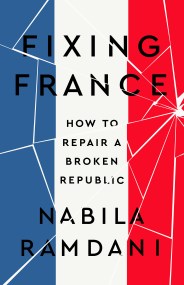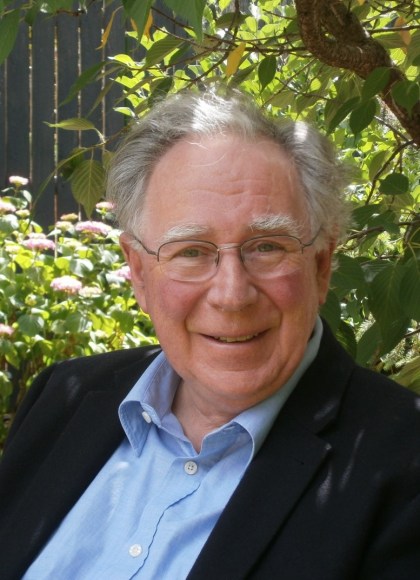Promotion
Use code MOM24 for 20% off site wide + free shipping over $45
Absolute Power
How the Pope Became the Most Influential Man in the World
Contributors
By Paul Collins
Formats and Prices
Price
$17.99Price
$22.99 CADFormat
Format:
- ebook $17.99 $22.99 CAD
- Hardcover $40.00 $50.00 CAD
- Audiobook Download (Unabridged)
This item is a preorder. Your payment method will be charged immediately, and the product is expected to ship on or around March 27, 2018. This date is subject to change due to shipping delays beyond our control.
Also available from:
In 1799, the papacy was at rock bottom: The Papal States had been swept away and Rome seized by the revolutionary French armies. With cardinals scattered across Europe and the next papal election uncertain, even if Catholicism survived, it seemed the papacy was finished.
In this gripping narrative of religious and political history, Paul Collins tells the improbable success story of the last 220 years of the papacy, from the unexalted death of Pope Pius VI in 1799 to the celebrity of Pope Francis today. In a strange contradiction, as the papacy has lost its physical power — its armies and states — and remained stubbornly opposed to the currents of social and scientific consensus, it has only increased its influence and political authority in the world.
Genre:
- On Sale
- Mar 27, 2018
- Page Count
- 384 pages
- Publisher
- PublicAffairs
- ISBN-13
- 9781541762008
Newsletter Signup
By clicking ‘Sign Up,’ I acknowledge that I have read and agree to Hachette Book Group’s Privacy Policy and Terms of Use
